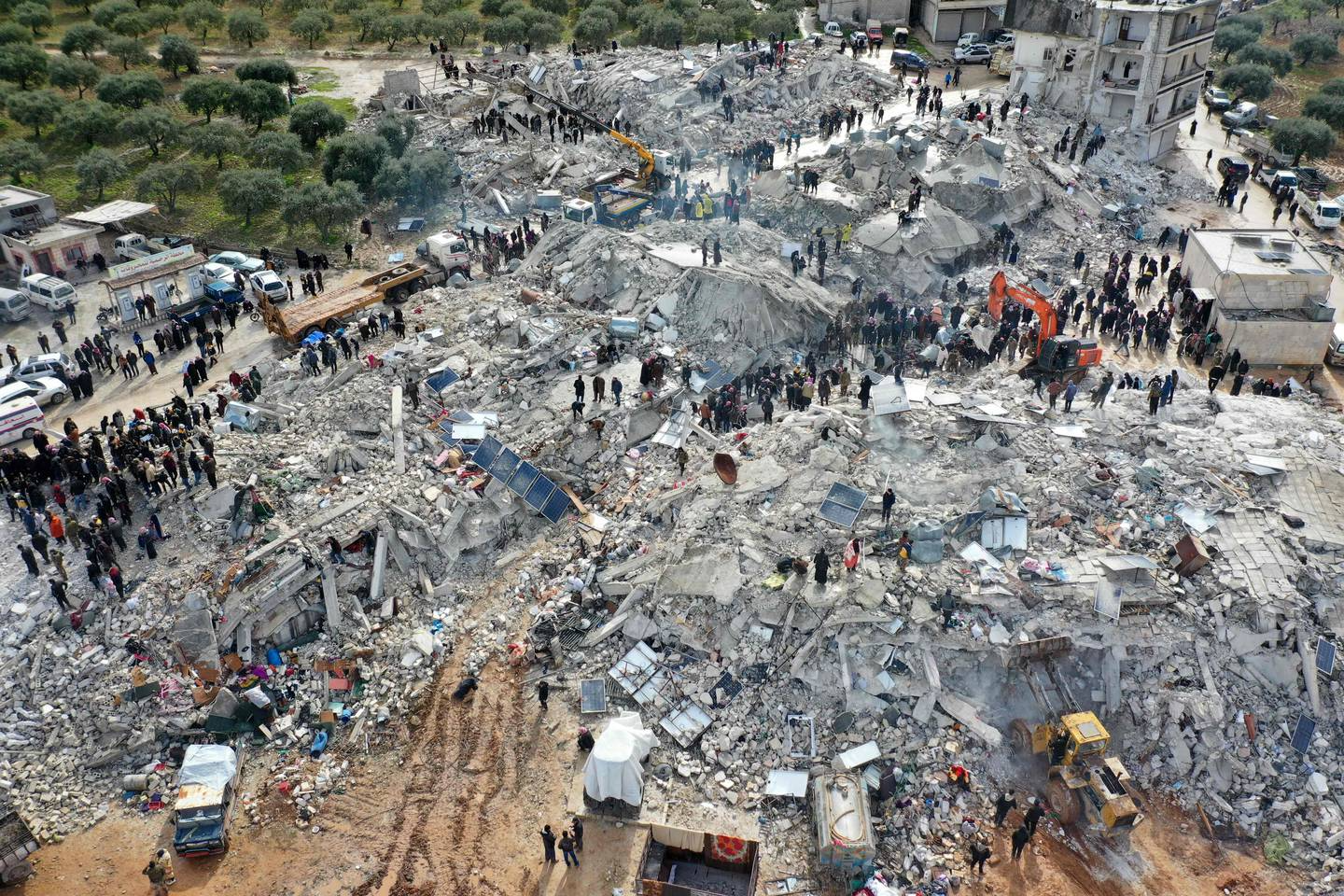Claim: The floods in Dubai were caused by artificial rain created with ‘HAARP technology’
Verdict: False
The American scientific research project known as HAARP is often cited in conspiracy theories as a malevolent activity that includes causing earthquakes, hurricanes, floods, droughts, storms, power outages, plane crashes, or diseases.
Recently, it has been blamed for the floods in Dubai, which are claimed online to be the result of artificial rain. The video posted on Facebook by the TV Apollon page has amassed more than 150,000 views. In essence, the video captures the arrival of a storm and the start of heavy, sweeping rains, without any specific effects or particular technology displayed.

As previously explained by ‘Faktoje,’ HAARP is a collaborative project between the US Air Force and Navy, initiated in 1993 and later handed over to the University of Alaska Fairbanks (UAF) in 2015.
Its main feature is a high-frequency transmitter used to research the ionosphere, a part of Earth’s upper atmosphere. By studying how radio waves interact with electrons in the ionosphere, researchers at HAARP can investigate phenomena such as the aurora borealis, or northern lights, and their impact on radio and aircraft communications at high altitudes.
HAARP’s activities are unrelated to ‘artificial rain’, also known as cloud seeding. Cloud seeding is a form of weather modification that aims to change the amount or type of precipitation from clouds by dispersing chemical substances into the air, serving as condensation nuclei for clouds and altering the microphysical processes within them.
Although cloud seeding programs have been implemented by various governments worldwide since the 1950s, the effectiveness of this technique in promoting rainfall remains a subject of debate. Ecologist Rob Jackson from Stanford University notes, ‘So far, making rain falls is still more art than science.’
Regarding the floods in Dubai in April 2024, the National Center of Meteorology (NCM) of the United Arab Emirates, responsible for cloud seeding operations in the country, stated that the agency ‘did not conduct any seeding operations during this event.’
The agency clarified that while they had monitored the heavy rains expected to fall, they did not target any clouds for seeding during that period, attributing the storm to natural rainfall. The deputy director of the agency emphasized, ‘We take the safety of our people, pilots, and aircraft very seriously.’ He further stated, ‘NCM does not conduct cloud seeding operations during extreme weather events.’
The United Arab Emirates has experienced an increase in rainfall in recent years, with precipitation expected to rise by 15-30% in the coming years according to a report in the scientific journal Nature.






